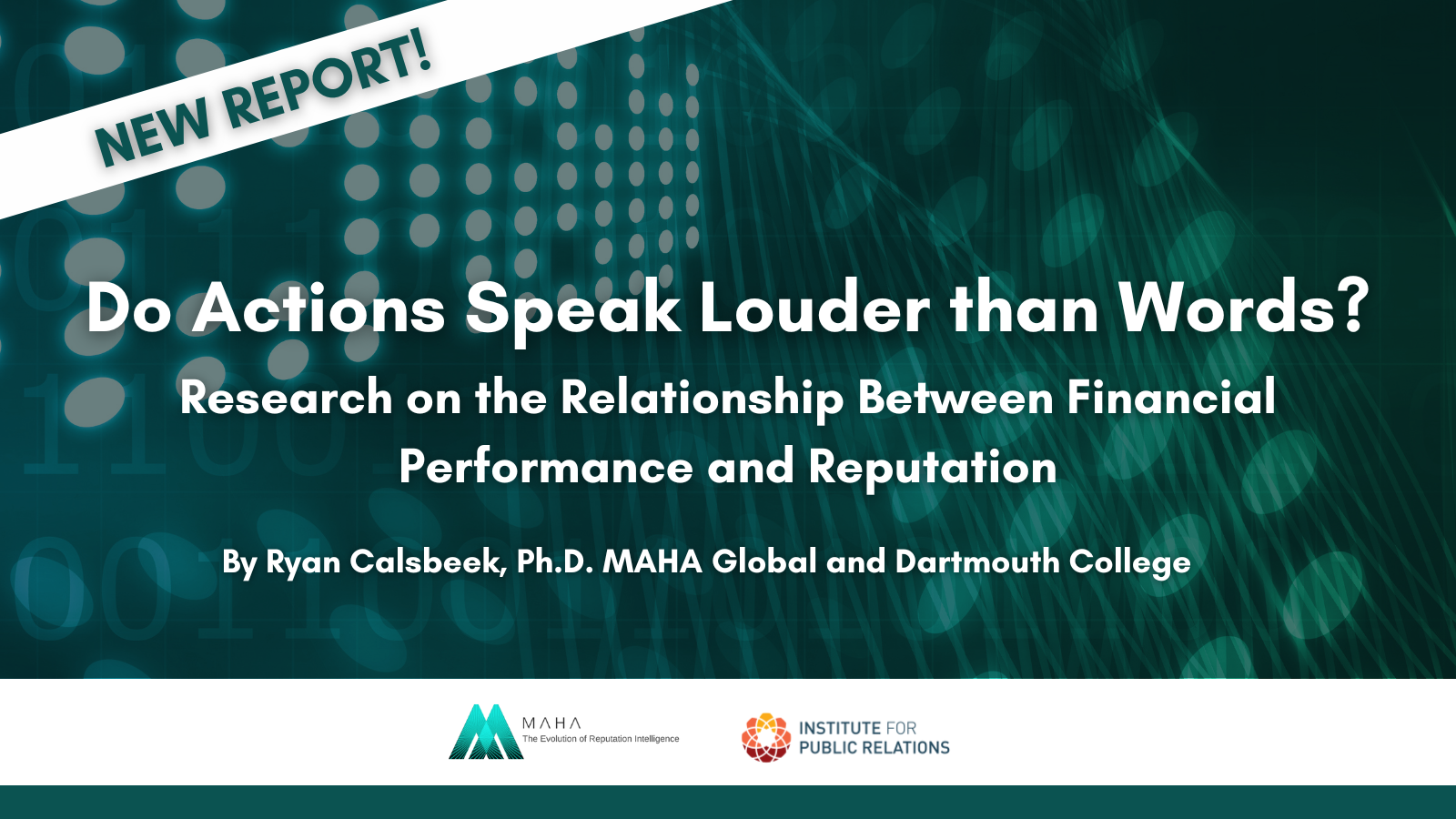What gets measured gets managed, says an axiom to which many CEOs subscribe. As important as media measurement may be, is that all you aspire to manage? James E. Grunig, professor emeritus at the University of Maryland, and Linda Hon, professor at the University of Florida, are leading theorists on measuring and managing strategic relationships as the ultimate value of public relations to an organization.
Research in interpersonal communication and psychology identifies four major indicators of successful relationships:
- Control mutuality – stability requires that organizations and publics each have some control over the relationship.
- Trust – measured in three dimensions of integrity (the belief that the other party is fair and just), dependability (the other will do what it says it will), and competence (the other has the ability to do what it says it will).
- Satisfaction – each party has positive expectations and believes the benefits of the relationship outweigh the costs.
- Commitment – each party feels that the relationship is worth maintaining.
Hon and Grunig argue that these indicators can be used to measure organization-public relationships, and that two types of relationships should also be assessed:
- Exchange relationship – where one party provides benefits because the other has reciprocated in the past or is expected to do so in the future (such as a marketing relationship).
- Communal relationship – where both parties provide benefits because each is concerned for the other even when they might get nothing specific in return (such as some corporate social responsibility programs).
Valid techniques and questions for quantitative as well as qualitative measurement of these indicators and types of relationships are available free at instituteforpr.org.
Click here for the Grunig/Hon papers
Can This Relationship Be Saved?

This sample of results for a major global corporation shows that the public in this study sees its relationship with the organization as far more exchange than communal in nature. The respondents’ trust and satisfaction with the relationship are relatively higher than their sense of control or commitment.



